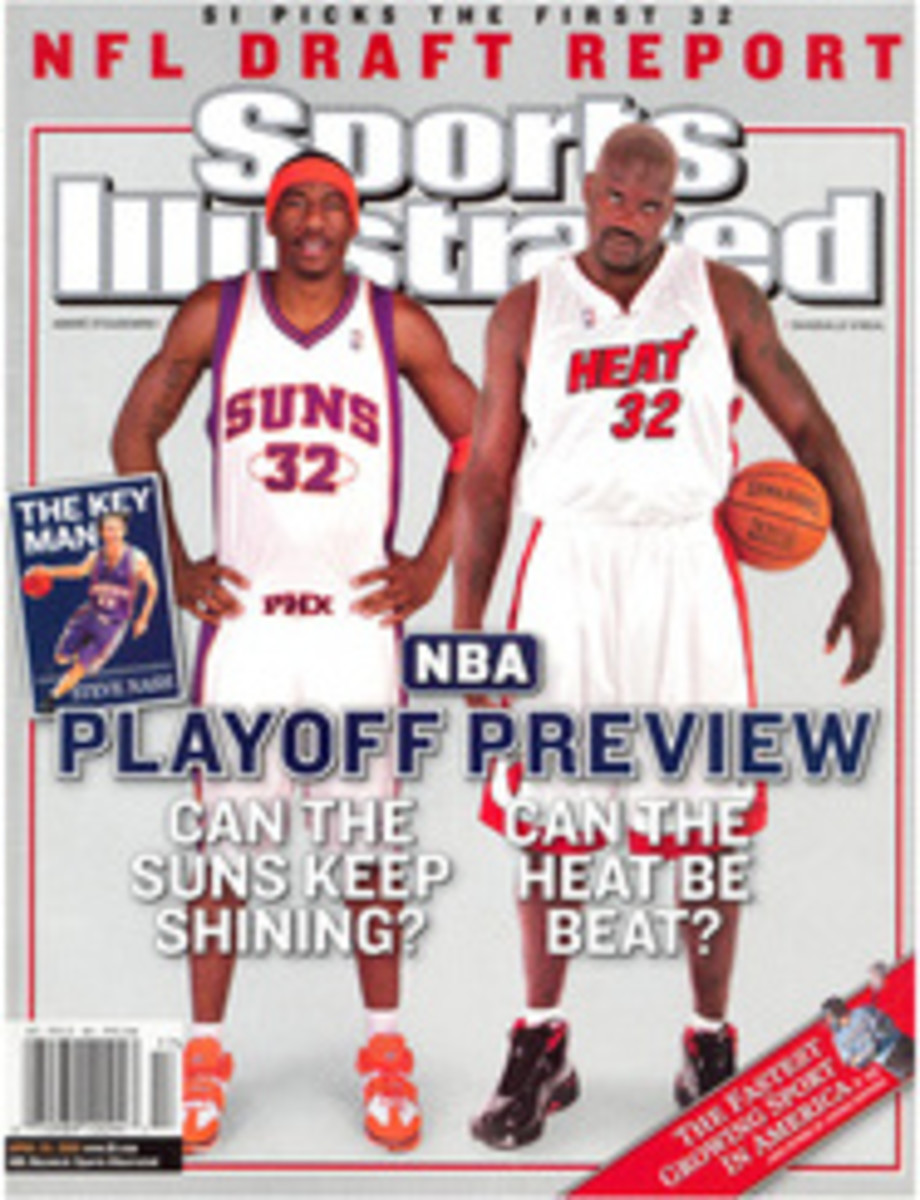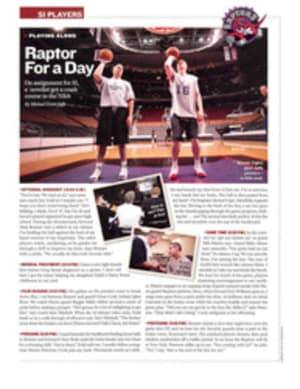
My Shot
It used to be a game of subtlety, played on lush green fields by men of myriad skills. Then the equipment took over. Power was everything, nuance nothing. The little things became irrelevant.
The sport's dueling governing bodies deemed this a problem. They began to more closely scrutinize the newfangled, high-tech gear. They focused on the ball, lowering the limit of its liveliness.
That didn't help, so they reined in the ball again. And again. Still, brute force ruled.
The governing bodies began to think maybe it wasn't only the ball, so they began to test dynamic collisions--ball hitting moving stick. Aha! The balls and the sticks were working in concert to produce more force and distance than previously understood.
Ever since, the two organizations have been scrambling for a workable solution. For the moment one allows slightly more powerful equipment than the other, but each continues to face the same difficult decisions. Should it try to stop technology in its tracks? Should it turn back the clock? One manufacturer filed a lawsuit, then reconsidered. How do you keep the equipment makers in line? And the players, too. At the beginning of last year both bodies instituted penalties for players using hot equipment.
If any of this sounds familiar, it should--to fans of slo-pitch softball. Until a month ago I didn't know my ASA from my USSSA--that's the Amateur Softball Association and U.S. Specialty Sports Association, for those of you scoring at home. They're softball's two biggest governing bodies, and they know better than anyone else the knotty problems faced by their opposite numbers in golf, the USGA and the R&A, because their issues are almost exactly the same. But the world of softball may offer a vision of how technology can actually solve a sport's equipment problem.
Meet the Dudley Thunder Advance softball. It's the game's first multilayer ball, featuring a soft middle layer of urethane foam over a hard, lively core. The idea is that only fast swingers produce enough bat speed to unlock all of the core's energy--so power hitters can still knock the ball out of the park, but popcorn-hitting second basemen will be happy spanking line drives into the gap. The Thunder is not unlike, say, the wound balata golf balls of yore.
Dudley, which is a brand of Spalding, the former owner of Top-Flite, actually designed this not-hot ball intentionally. Why? For the good of the game. Somehow, it's hard to picture golf manufacturers dialing back technology based on some altruistic notion of restoring the sport's traditional values. Even Dudley notes that its ball was designed in part to achieve other ends: The inner layer helps the ball stay round longer; it doesn't dent bats; and it reduces stingers. Still, the Dudley example offers hope. The ball, approved for play by the ASA and USSSA, has sold well since its introduction in 2003.
Wouldn't it be nice if golf could produce a ball like the Thunder? Then the game could be more like baseball, where they only have to worry about the players being juiced. ■
Evan Rothman is a former Golf Magazine executive editor.
COLOR PHOTO
Erick W. Rasco
CORE VALUES
  Softball has faced the same issues as golf

